Clary Sage
$4.49
Salvia Sclarea
- Seed Count 30
- Culinary and medicinal herb
- Biennial
In stock
Description
Clary Sage is a real gem in the gardening world, having been a beloved plant across many cultures throughout history.
Its uses are pretty impressive! It has been turned to for herbal remedies, used to flavour wines, and it’s oil added to perfumes, potpourri, and incense.
This lovely plant has a longstanding reputation for its calming and soothing effects in the herbal world.
The oil, which we get from its leaves and flowers, is great for aromatherapy—helping us unwind and reduce stress.
Plus, it finds its way into cosmetics, balancing out skin oiliness.
What’s truly special about Clary Sage is how easy it is to grow.
It thrives in poor soils, doesn’t mind being nibbled by slugs, and stands tall without any need for support.
Just give it plenty of sun and a touch of water here and there, and those large, striking grey-green leaves will look good all season.
With its sturdy stems and beautiful pale pinkish-blue blooms, it really stands out in the garden.
These flowers are a favorite among bees and butterflies, and best of all, Clary Sage seems to love neglect—making it ideal for those of us who might not have a green thumb!
Whether you plant it in full sun or light shade, it’s sure to bring a touch of beauty to your space.
| Method: Sow direct | Soil Temp:10°C - 25°C |
| Cool Mountain: Oct - Dec | Position: Full sun |
| Arid: Jun - Jul | Row Spacing: 60cm |
| Temperate: Sep - Dec | Planting Depth: 5 mm |
| Sub Tropical: Aug - Nov | Harvest: 75 Days |
| Tropical: May - Jul | Plant Height: 120 cm |
Climate and Growing Conditions
Sage is well-suited to Australia’s diverse climates, but it prefers:
Temperature:
- Sage thrives in warm, temperate climates.
- It can tolerate light frost but prefers temperatures between 15°C and 30°C.
Sunlight:
- Full sun (at least 6 hours of direct sunlight per day) is ideal.
Soil:
- Well-draining soil with a pH between 6.0 and 7.0.
- Sage does not tolerate waterlogged soil.
Water:
- Sage is drought tolerant once established.
- Overwatering can lead to root rot.
Cold Stratification
Cold stratification is not always strictly necessary, but it can significantly improve germination rates. If you skip stratification, you may still achieve some germination, but the process might be slower and less consistent.
1. Lightly dampen a paper towel or a small, lidded container of sand.
2. Spread the seeds on the moist paper towel or mix them with the damp sand.
3. Place the paper towel or sand with the seeds in a plastic bag or pop the lid on the container.
4. Store the bag in the refrigerator (not the freezer) for about 2–4 weeks. The ideal temperature range for cold stratification is typically between 1–5°C.
5. Ensure the medium stays slightly moist but not wet during the stratification period.
6. Proceed with seed method below.
7. You can also just pop your seeds in their packet into the fridge which is almost effective.
Starting Sage from Seed
Growing sage from seed requires patience, as it can be slow to germinate.
Seed Preparation:
- Sage seeds have a low germination rate.
- To improve success soak seeds in water for 24 hours before planting.
Sowing Seeds:
- Fill seed trays or small pots with a seed raising mix.
- Sow seeds 5 mm deep.
- Lightly water the soil and cover the tray with a plastic dome or cling wrap to retain moisture.
- Place the tray in a warm, sunny spot (20-25°C is ideal).
Germination:
- Germination takes 2-3 weeks.
- Keep the soil moist but not waterlogged.
- Once seedlings emerge, remove the cover and place them in a sunny location.
Transplanting:
- When seedlings are 5-7 cm tall and have at least two sets of true leaves, transplant them into larger pots or the garden.
- Space plants 50 cm apart to allow for growth.
Caring for Sage Plants
Watering:
- Water young plants regularly until established.
- Once mature, water sparingly.
- Allow the soil to dry out between waterings.
Fertilising:
- Sage does not require heavy feeding.
- Apply a balanced, slow release fertiliser in spring, or top dress with compost.
Pruning:
- Prune sage regularly to encourage bushy growth and prevent legginess.
- After flowering, cut back by one third to promote new growth.
Pests and Diseases:
Sage is relatively pest resistant but can be affected by
Whiteflies:
- Spray with neem oil or insecticidal soap.
Powdery Mildew:
- Ensure good air circulation and avoid overhead watering.
Harvesting Sage
- Begin harvesting once the plant is well established (usually 34 months after planting).
- Pick leaves as needed, preferably in the morning when the oils are most concentrated.
- For drying, harvest whole stems and hang them in a cool, dark place.
Companion Planting with Sage
Good Companions
Rosemary:
Both herbs have similar growing requirements and deter pests like carrot flies and cabbage moths.
Thyme:
Enhances sage’s flavour and repels harmful insects.
Cabbage Family (Broccoli, Cauliflower, Kale):
- Sage deters cabbage moths and other pests.
Carrots:
- Sage masks the scent of carrots, deterring carrot flies.
Tomatoes:
- Sage improves tomato flavour and repels whiteflies.
- Beans: Sage deters bean beetles.
Plants to Avoid
Cucumbers:
- Sage can inhibit their growth.
- Alliums (Onions, Garlic):
- These can stunt sage’s growth.
Benefits of Companion Planting with Sage
Pest Control:
- Sage’s strong scent repels many common garden pests.
Pollinator Attraction:
- Sage flowers attract bees and other pollinators.
Soil Health:
- Sage’s deep roots help improve soil structure.
Common Problems and Solutions
Leggy Growth:
- Prune regularly to encourage bushiness.
Yellowing Leaves:
- Often caused by overwatering.
- Reduce watering and ensure good drainage.
Poor Growth:
- Sage may struggle in heavy clay soils.
- Amend the soil with sand or compost.
Postage Charge
Orders under $30 attract a $4.50 shipping charge. Orders $30 and above have free shipping.
Order Times
Seed orders are normally dispatched within three business days. You will receive an email when seeds are mailed out.
Postage Days
Seeds are mailed out Monday to Friday at 1pm. Except for the Friday of long weekends.
Postage Times
WA 2-3 Days: SA,NT 3-5 Days: NSW, ACT, QLD, VIC: 5-7 Days
Carrier
We use Australia Post Letter Postage for the majority of orders
Not only are our seeds packed in recycled paper envelopes, we keep the theme going when we post out website orders. To protect your seeds from moisture and the letter box munchers (snails), we use a very special plastic free material made from plants. They are then put into recycled mailing envelopes. Green all the way 💚🌿

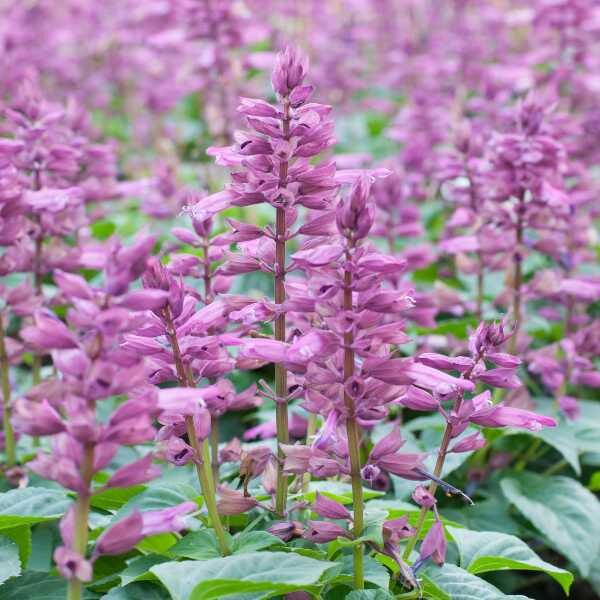



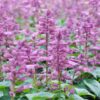
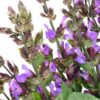
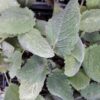
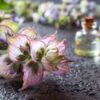



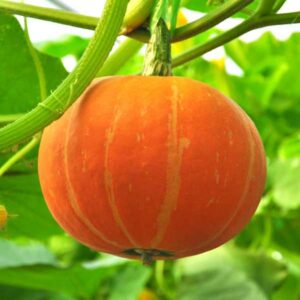
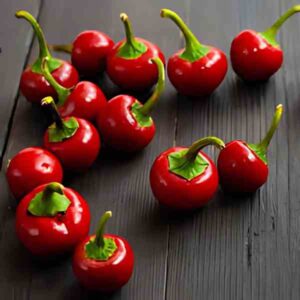
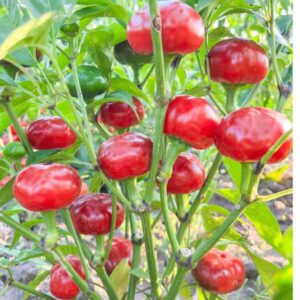
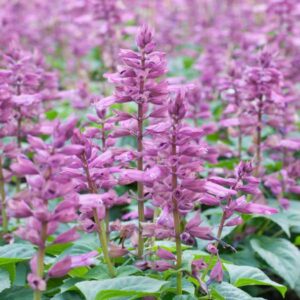
Reviews
There are no reviews yet